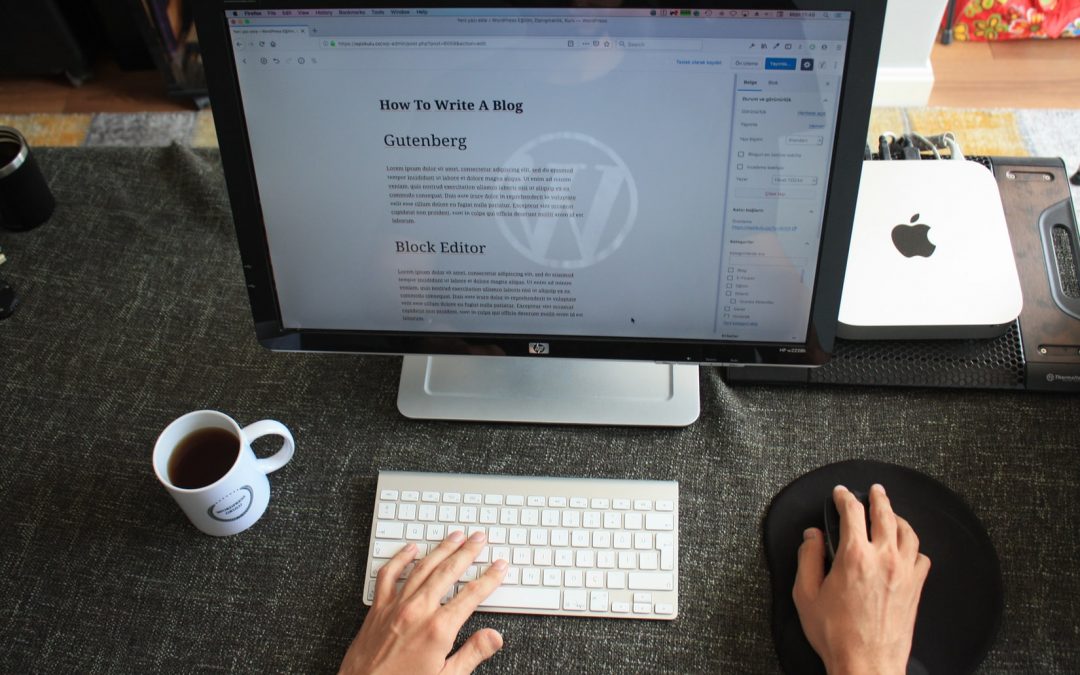In 2018, Google made about 3,200 changes to its algorithm, according to Moz. Although most changes are small, Google also rolls out major updates such as Panda, Penguin, Bert, or Medic, which impact ranking and organic traffic. Whether you own a WordPress website or just launching a blog, you need organic traffic engaging with your content.
Search engine optimization can help you attract prospects and achieve high conversions by making your website discoverable in Google searches. WordPress offers various settings and plugins, which help you implement high-performance SEO strategies. To make sure that you rank high in the SERPs, here’s a list of the top 11 SEO tips for your WordPress site.
Use a Top-Quality and High-Performance Hosting Provider
Your website’s page load speed affects ranking. If you choose a top-quality hosting provider, you can improve your site’s ranking, minimize downtime and distance between visitors and servers. You can also implement HTTPS for increased security and help your site rank higher.
Choose between managed WordPress hosting or shared hosting for your website. Managed hosting involves a dedicated host, which handles the full maintenance of your site. This means that whenever you have an issue with your theme, the host will help you fix it. You won’t be redirected to the theme and plugin developer. Shared hosting involves multiple websites on a single server. It means that your website is sharing a server with possible partners or competitors. This option is affordable but also has risks such as low page load speed and lower security.
Use an Optimized Theme
The theme you choose for your website affects its layout, appearance, and functionality. It also impacts your website’s SEO performance. For example, the WordPress theme can influence your page load speed. Clean code will provide stronger chances to rank higher in the SERPs. When you’re searching for a theme, check for SEO-friendly options. Also, try to find themes with special SEO features such as heading tag options, a clean structure for valid HTML, and correct canonical URL meta tag.
Proper Structure of Your Permalinks
Permalinks connect to your website’s pages and posts. They’re permanent URLs, which people use as references to your site’s content. Their appearance and structure matter. Use descriptive and clear links to reflect your website’s content. This helps search engines understand, index, and rank your website. You can choose between Plain, Month and Name, Numeric, Post Name, and Custom structures. Your best choice is the Post Name option, which clearly indicates the subject of your content. You can change the structure of your permalinks at any time by accessing the back-end of your WordPress site under the Settings field.
A Clear Sitemap
Your WordPress website comprises multiple pages and to ensure that Google indexes them, you must show Google your site’s structure. It’s easy to create an XML sitemap. You can use a WordPress plugin such as Google XML Sitemaps, which automatically creates a sitemap and helps Google index your website. Although the sitemap doesn’t affect your ranking directly, it allows Google’s crawlers to find your pages and determine how they relate. This way, Google can easily index your pages and deliver relevant search results to users.
The Power of SEO Plugins
You’ll find a wide range of SEO plugins on WordPress including All in One SEO Plugin or Yoast SEO. Plugins are small add-on pieces of software, which you can integrate into your WordPress site to improve its performance and functionalities. SEO plugins help you integrate Meta titles, Meta tags, keywords, and Meta descriptions, which improve on-page SEO. You can view the changes in real-time through snippet previews. You can also use these plugins to generate sitemaps.
Heading Tags
Use the right heading tags in your website’s content to achieve increased optimization. You’ll find heading tags in your website’s editor. To help Google’s crawlers understand how your content is organized you must apply these formatting options. Heading tags range from Heading 1 to Heading 6. These tags break up your content, making it easier for users to read. They also help crawlers understand what the post or page content is about and how it’s organized.
The Role of Anchor Text
Before the 2012 Penguin update, anchor text was how Google could understand and interpret the relevancy of a website. Today, it can cause your site to be downgraded and penalized by Google. Anchor text is a piece of content, which you link to a relevant source for authenticity. It helps search engines understand what the source page is about.
External and Internal Linking
Google doesn’t treat your website in an isolated manner. It considers both internal and external links to different sites. When you use different links in your posts, you’re showing crawlers how it connects to other website content. It encourages users to revisit your site, which proves to Google that your content is relevant and valuable. But if you overcrowd your site with links pointing to irrelevant content or only for promotional purposes, your ranking will decrease. Use links in a natural way and connect to high-authority and relevant websites.
Long-form Posts
Whenever Google decides how to rank your pages and posts, it considers the length and quality of your content. The search engine views long content as valuable and useful. The longer your content, the easier it is for crawlers to understand it via more keywords, heading tags, and links.
Long content also improves your site’s trustworthiness. Try to make your posts as long and in-depth as you can. This way, you’ll reduce bounce rates. For the best results, implement the<ahref=”https://backlinko.com/skyscraper-technique”> skyscraper technique.
Valuable Content
Top-quality and valuable content is unique, shareable, helpful, and actionable. Google penalizes copied and plagiarized content. You can write about the same topic and share the same perspective, but you must not copy another author’s work. Write posts, which your site’s visitors will likely share. Publish content which educates and informs your target audience.
Image Optimization
Images are the focus of your website’s content. They can make or break your SEO efforts. The tags and meta descriptions you use for your images impact your SEO. Use correct tags and meta titles to rank higher in searches. When you upload images to your website, you can change the title, add a caption, description, and alt text. Use these options to improve your site’s ranking.
Wrap Up
SEO comprises a wide variety of tactics and strategies, which can intimidate you, especially if you’re a beginner. The good news is, you can easily learn and implement the best SEO practices to improve your ranking in the SERPs. You’re best off using WordPress to create an optimized site. Choose a reputable hosting provider and install relevant WordPress plugins. Your site will start ranking higher in no time.
Guest Author

Maryn is a tech enthusiast and creative content writer. She is interested in all tech-related stuff, digital marketing, travel, fitness and personal improvement. Find Maryn on Twitter @MarynMcdonnell



